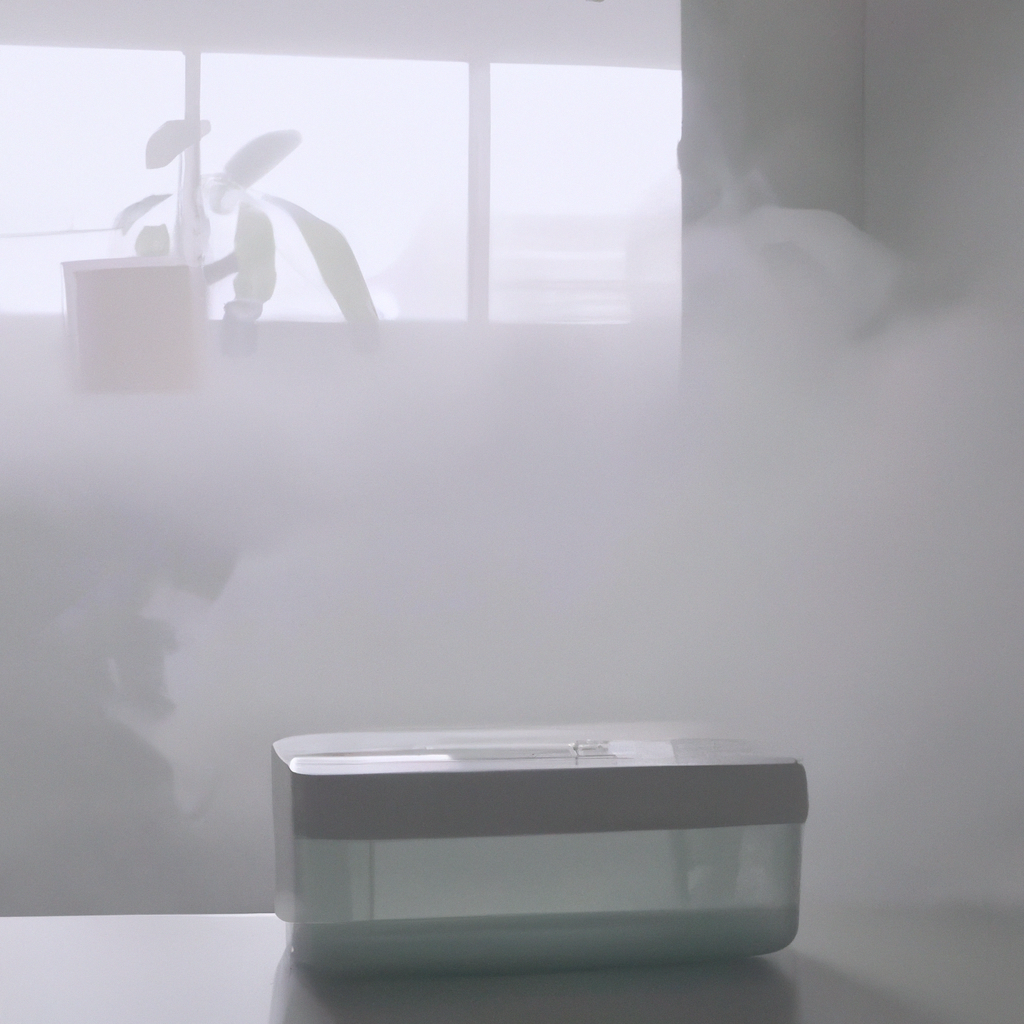Dehumidifiers are household appliances designed to control humidity levels in indoor spaces. They work by removing excess moisture from the air, which can help improve indoor air quality and prevent the growth of mold and mildew. But how exactly do dehumidifiers control humidity? In this article, we will explore the science behind dehumidifiers and how they work to regulate moisture levels in the air.
Understanding Humidity
Before we dive into how dehumidifiers control humidity, it’s important to understand what humidity is and why it matters. Humidity refers to the amount of moisture present in the air. When the air is saturated with moisture, it becomes humid, which can make it feel uncomfortable and sticky. Additionally, high humidity levels can lead to a number of problems, including mold growth, musty odors, and damage to furniture and other household items.
How Dehumidifiers Work
Dehumidifiers work by drawing in air from the surrounding environment and passing it over a cooled coil. As the air passes over the coil, the moisture in the air condenses and collects on the coil. The collected moisture then drips down into a collection tank or is drained out of the unit.
Dehumidifiers also have a fan that helps circulate the air in the room. This helps to ensure that the air is evenly distributed and that all areas of the room are affected.
Types of Dehumidifiers
There are several different types of dehumidifiers available on the market, each with their own unique features and benefits. Some of the most common types include:
– Refrigerant dehumidifiers: These are the most common type of dehumidifier and work by passing air over a cooled coil to condense moisture.
– Desiccant dehumidifiers: These dehumidifiers use a desiccant material to absorb moisture from the air and remove it from the environment.
– Whole-house dehumidifiers: These dehumidifiers are designed to regulate humidity levels in entire homes or buildings.
– Portable dehumidifiers: These are smaller, more compact dehumidifiers that can be moved from room to room as needed.
Benefits of Using a Dehumidifier
Using a dehumidifier can offer a number of benefits, including:
– Improved indoor air quality: By removing excess moisture from the air, dehumidifiers can help improve indoor air quality and prevent the growth of mold and mildew.
– Reduced musty odors: High humidity levels can lead to musty, unpleasant odors in the home. Dehumidifiers can help reduce these odors and create a fresher, more pleasant environment.
– Protection for household items: High humidity levels can cause damage to furniture, electronics, and other household items. Using a dehumidifier can help protect these items from moisture damage.
– Increased comfort: High humidity levels can make the air feel heavy and uncomfortable. Using a dehumidifier can help create a more comfortable environment by reducing humidity levels.
Conclusion
Dehumidifiers are an essential tool for controlling humidity levels in indoor spaces. By removing excess moisture from the air, these home appliances can help improve indoor air quality, prevent the growth of mold and mildew, and protect household items. With a variety of different types and models available, it’s easy to find a dehumidifier that meets your specific needs and budget. Whether you’re looking to create a more comfortable living space or protect your home from moisture damage, a dehumidifier is a smart investment that can offer a range of benefits.







